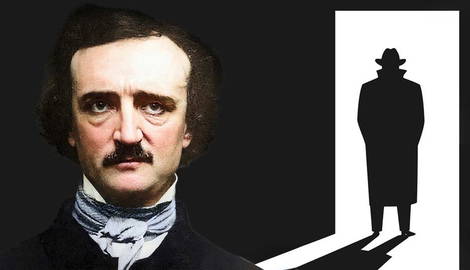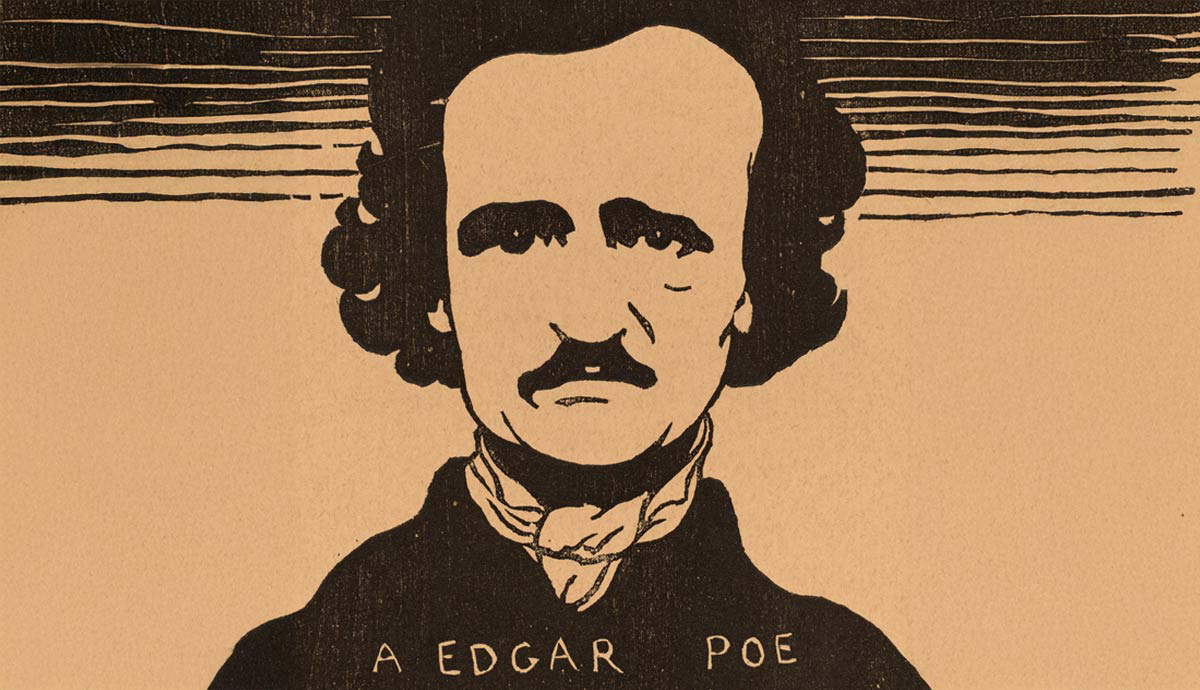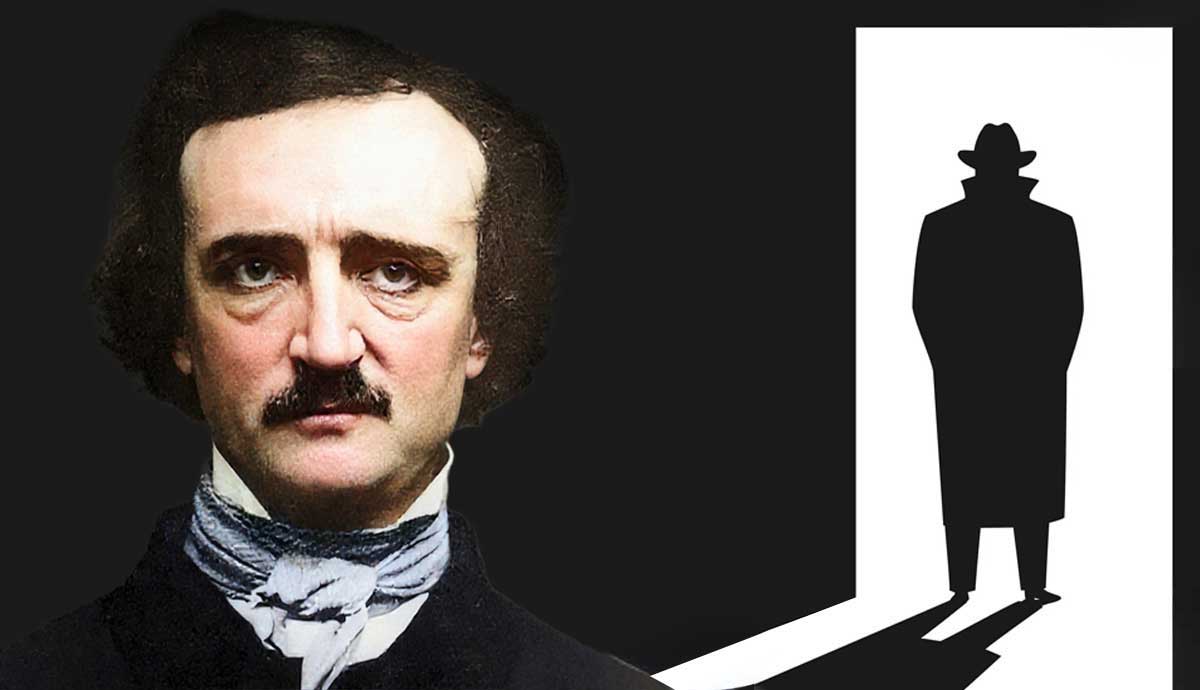
Edgar Allan Poe laid the groundwork for the modern detective genre in the 1840s with his pioneering “tales of ratiocination.” His fictional sleuth, C. Auguste Dupin, debuted in The Murders in the Rue Morgue (1841), followed by The Mystery of Marie Rogêt (1842) and The Purloined Letter (1844). Each tale showcasing Dupin’s analytical brilliance and introducing key conventions like the genius detective, the baffled police, and the loyal narrator. These stories, written decades before Sherlock Holmes, established Poe not just as a master of the macabre, but as the unlikely father of detective fiction.
How Poe’s Writing Laid the Foundation

Edgar Allan Poe laid the groundwork for modern detective fiction through his creation of C. Auguste Dupin, the analytical protagonist of The Murders in the Rue Morgue, widely regarded as the first true detective story. Poe’s “tales of ratiocination” introduced key genre conventions: the brilliant but eccentric detective, the baffled police, the loyal narrator, and the locked-room mystery. Dupin’s methodical reasoning and psychological insight prefigured Sherlock Holmes, (whom Arthur Conan Doyle openly acknowledged as inspired by Poe’s work). Poe’s influence also echoes in Agatha Christie’s Hercule Poirot novels of the 1920s and Wilkie Collins’ Sergeant Cuff from The Moonstone (1868), often cited as the first English detective novel. His narrative structure (clue placement, red herrings, and deductive resolution) became the blueprint for generations of crime fiction.
How Dupin’s Powers of Ratiocination Defined the Reasoning Hero
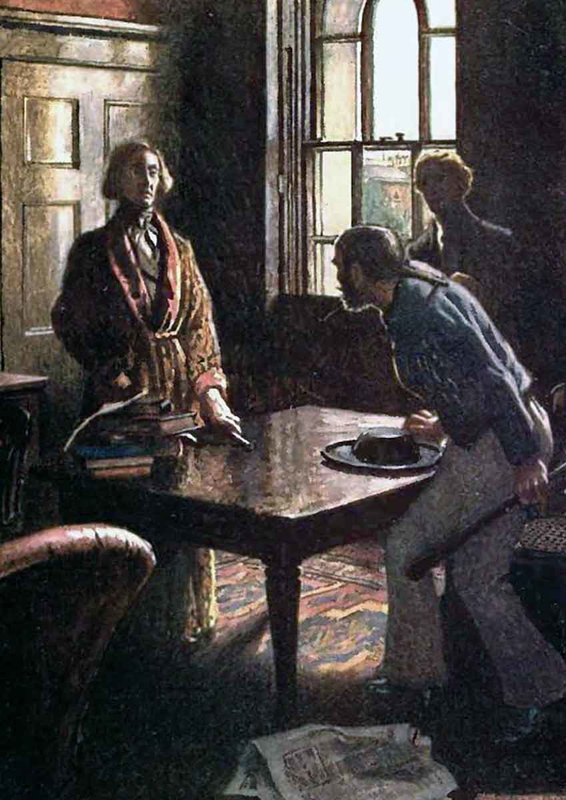
‘Ratiocination’ is a term coined by Poe to describe a blend of logical deduction, imaginative insight, and psychological empathy. This characteristic established the detective as a reasoning hero who triumphs through intellect rather than brute force. In The Murders in the Rue Morgue, Dupin reconstructs a seemingly impossible crime by mentally inhabiting the criminal’s perspective, demonstrating that truth can be uncovered through analytical thought and intuitive leaps.
Similarly, in The Purloined Letter, Dupin solves the case not by searching harder, but by thinking smarter; realising the stolen item is hidden in plain sight, banking on the criminal’s assumption that the obvious would be overlooked. Ratiocination goes beyond mere logic; it involves discerning patterns, anticipating motives, and separating relevant clues from misleading noise. Dupin’s legacy can be seen in Sherlock Holmes’s forensic precision, Poirot’s psychological profiling, and even modern detectives like Lisbeth Salander from The Girl with the Dragon Tattoo (2005).
The Role of Settings in Poe’s Crime Stories
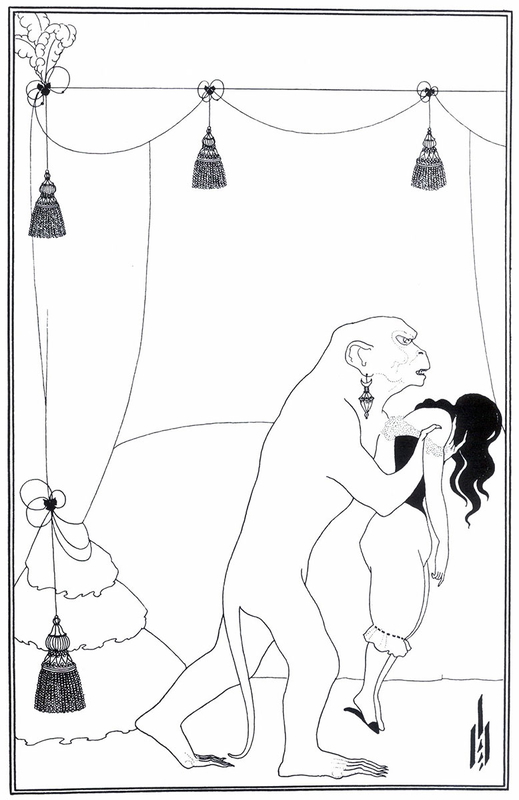
The settings in Poe’s crime stories, especially the dark, enclosed streets of 19th-century Paris, shape the reader’s expectations of crime fiction by creating an atmosphere of mystery and psychological tension. In The Murders in the Rue Morgue, the domestic crime scene within a locked apartment suggests that violence can erupt in familiar spaces. Poe’s Paris sets the stage for detectives like Dupin who solve crimes through observation and deduction.
This model influenced later writers such as Conan Doyle and Agatha Christie, who also used confined or secretive settings to heighten suspense and focus attention on the mind of the detective. Poe’s use of setting taught readers to expect crime fiction to be as much about psychological insight as it is about solving puzzles.
The Role of the Anonymous Narrator in the Detective/Sidekick Relationship
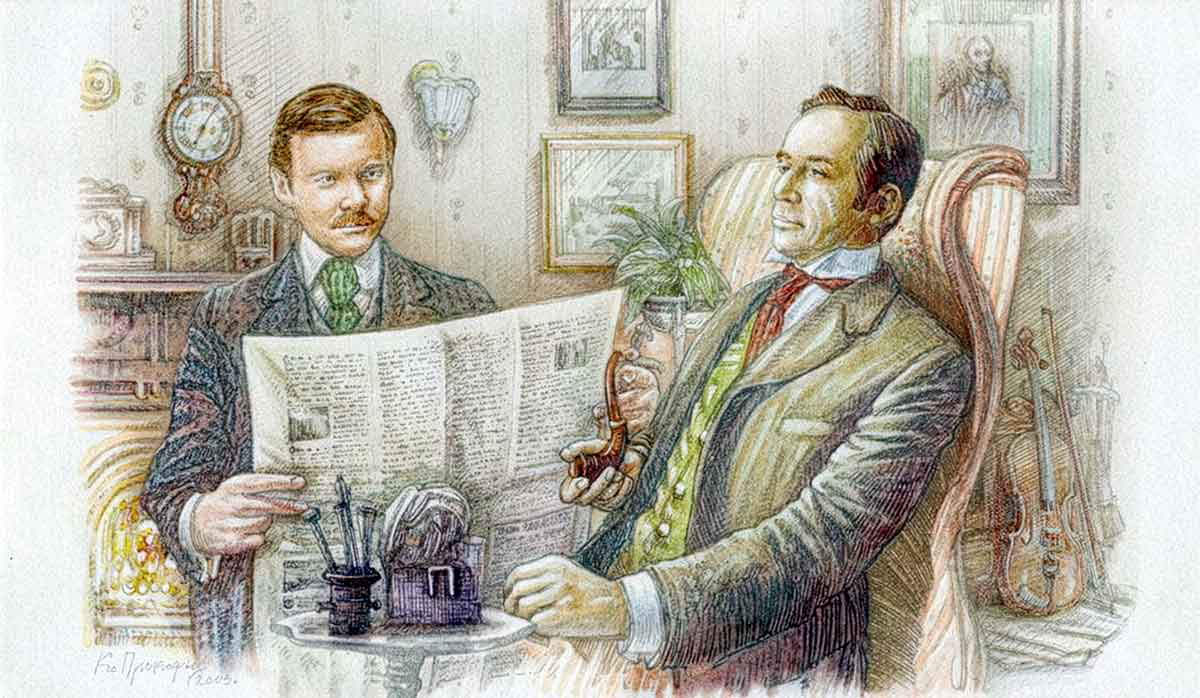
The anonymous narrator in Poe’s Dupin stories helps define the detective/sidekick dynamic by serving as a curious outsider whose limited understanding highlights the detective’s brilliance. In this way, the narrator acts as the reader’s avatar equally puzzled and fascinated as the deduction unfolds. Poe’s model influenced countless others: Dr. Watson’s loyal narration in Conan Doyle’s Sherlock Holmes stories (1887–1927) offers warmth and accessibility, while Captain Hastings plays a similar role for Hercule Poirot in Agatha Christie’s novels (1920–1975), often missing key clues that Poirot later reveals.
It is still a popular structural device: in The No. 1 Ladies’ Detective Agency (1998), Grace Makutsi balances Precious Ramotswe’s intuition with her own sharp observations.
Other Genre Conventions Introduced by Poe
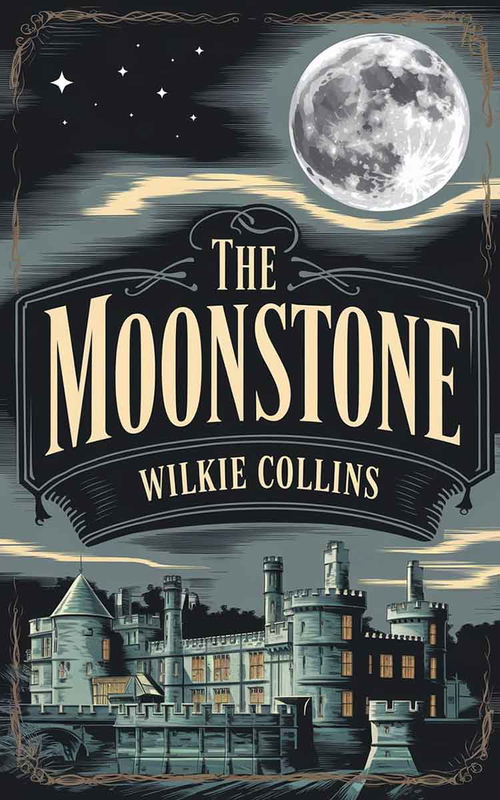
Edgar Allan Poe introduced key conventions that shaped the detective genre. His use of the locked-room mystery in The Murders in the Rue Morgue, where a brutal crime occurs in a sealed apartment, established the trope of seemingly impossible crimes that demand extraordinary reasoning to solve. He also established the trope of the bumbling police, outmatched by the amateur sleuth; a pattern seen in Conan Doyle’s Inspector Lestrade and Christie’s Inspector Japp. Poe’s stories feature a loyal narrator, red herrings, eccentric detectives, and a focus on deduction over action. These elements became staples in works like Sherlock Holmes (1887–1927), The Moonstone (1868), and Christie’s novels, shaping crime fiction into a genre driven by intellect and mystery.
How Later Writers Owe Tropes to Poe’s Innovations

Later writers owe many detective tropes to Poe’s innovations. His creation of C. Auguste Dupin introduced the eccentric, cerebral sleuth who solves crimes through ratiocination; a model echoed in Sherlock Holmes and Hercule Poirot. Poe also established the loyal narrator, the bumbling police, and the dramatic final reveal, all of which became staples in works by Conan Doyle and Agatha Christie. His use of locked-room mysteries, urban settings filled with hidden tensions, and red herrings created a blueprint for suspense and intellectual challenge.
These conventions carried into television as well, shaping shows like Columbo (1971–2003), where the detective’s quiet brilliance contrasts with suspects’ overconfidence, and Monk (2002–2009), which blends eccentricity, psychological depth, and deductive flair. Poe’s legacy continues to influence how audiences expect detectives to think, observe, and restore order through reason.
